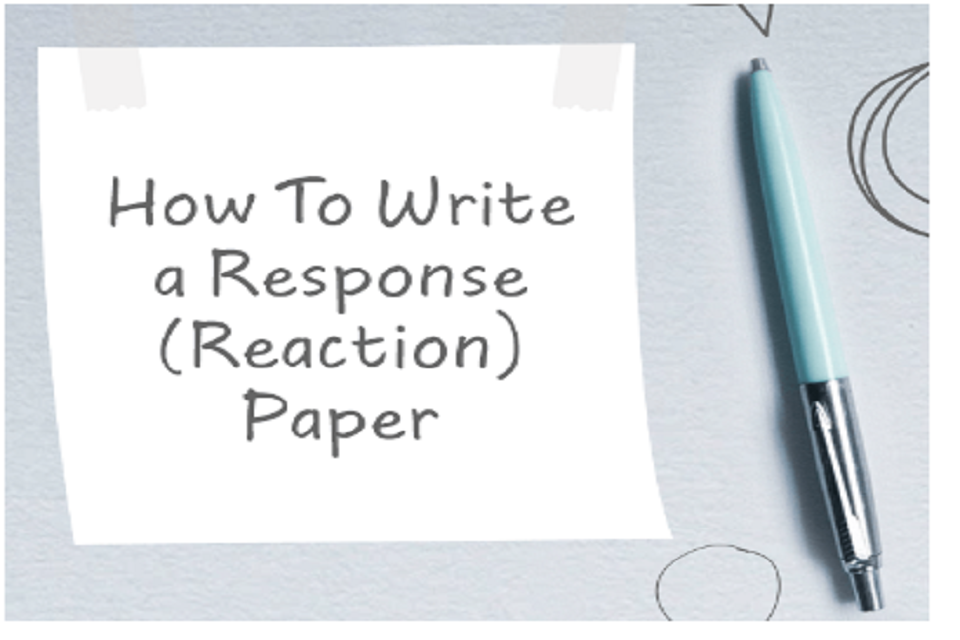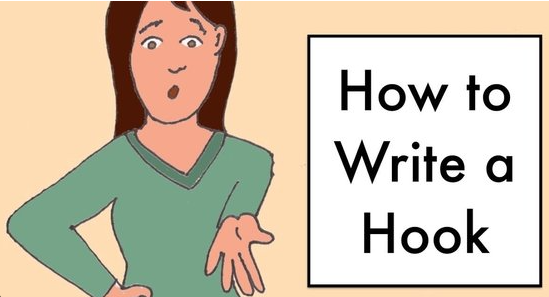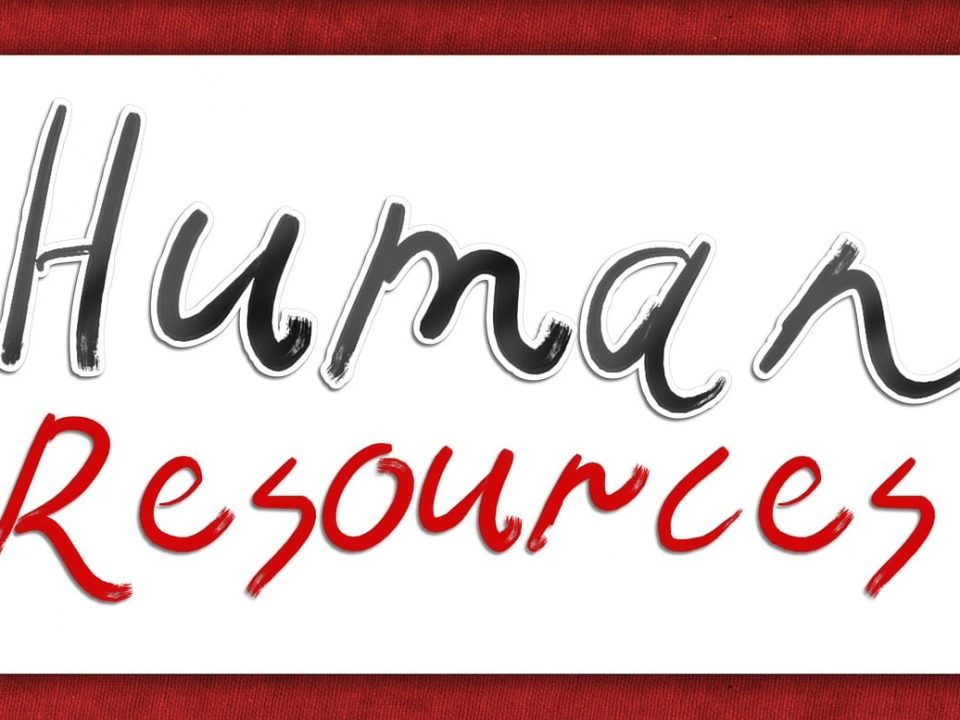Can you guide me on how to write a response paper? Explain its structure and example.

How to write a response paper? To write a response paper, you need to gather your views, opinions, and responses to a particular text, article, lecture, or event. It lets you interact with the material critically and show that you comprehend it. Here is a template for how to write a response paper that outlines the format and gives an example.
Introduction
The opening portion of a response paper serves as a gateway to your broader analysis and establishes the tone for your writing. The guide on how to write a response paper starts with this section. It should give the reader the underlying knowledge and context they need to understand the content or topic you are replying to. It should also briefly describe your overall impression or thesis statement, which provides a sneak peek at the key ideas you’ll cover in the following parts.
As per the guide on how to write a response paper, the introduction must identify the text’s title and author or by giving a brief outline of the issue you are addressing. This aids in laying the groundwork for your analysis. Next, provide the reader with the relevant background information to fully appreciate the text’s context and relevance. This might include pertinent historical, cultural, or theoretical information clarifying the subject matter you will debate.
As per the guide on how to write a response paper, it is crucial to present your general impression or thesis statement after providing the context. Your major thesis or point of view on the material should be communicated in this sentence. It establishes the focus of your analysis and informs the reader of the key issues you will be discussing in the body of your answer paper.
You may grab the reader’s interest, establish your credibility, and provide the groundwork for your analysis by writing a strong opening.
Example:
In the piece “The Impact of Climate Change on Global Food Security,” the author looks at the mounting threat climate change poses to food production and what that means for global food security. To alleviate the negative consequences of climate change on food security, additional steps are suggested in this response paper, along with an analysis of the main points made in the article and an assessment of their viability.
Summary:
A response paper’s summary part is extremely important in briefly summarising the key ideas and arguments made in the text you are replying to. It provides a solid basis for your research and aids the reader in comprehending the author’s main points. Include any pertinent facts or evidence the author uses to support their claims while summarising their work.
Summarising is another skill that must be learned to write a response paper guide with structure and examples. Concentrate on the essential thoughts and ideas discussed in the book, then distil them into a coherent and understandable form. Be cognizant of the author’s viewpoint and refrain from adding your interpretations or ideas to the summary. As per the guide on how to write a response paper, you can make an effort to deliver the information impartially, emphasising the author’s perspective, significant discoveries, and main points.
The guide on how to write a response paper specifies that you mustinclude examples or supporting data that the author uses to prove their points while summarising. These elements support the summary and give the reader a more thorough comprehension of the text’s ideas and arguments.
Your summary will have a strong basis for the ensuing analysis in your answer paper if it is succinct and objective. This part enables the reader to comprehend the text’s main concepts and prepares them for the critical analysis and assessment later in your answer.
Example:
The author highlights the worrying increase in global temperatures and its immediate effect on agricultural output in the opening paragraph. Then, they talk about how crop farming faces tough problems due to shifting weather patterns, increased catastrophic occurrences, and water scarcity. The essay also highlights how vulnerable poor nations are to these climate-related threats because they depend heavily on agriculture for food security and economic stability.
Analysis:
You should go further into the text and interact critically with the author’s ideas, arguments, and supporting evidence in the analysis portion of your response paper. As per the guide onhow to write a response paper, you can voice your view and provide a comprehensive assessment of the arguments’ strengths and shortcomings in this part.
It’s vital to approach the material with a critical perspective to analyse it properly. First, consider the legitimacy, coherence, and logical consistency of the author’s primary points and main arguments. Analyse the proof or instances the author uses to substantiate their statements and judge their applicability and persuasiveness.
Highlight occasions where the author successfully presents a well-supported position, offers compelling evidence, or shows a deep mastery of the subject area when highlighting the author’s arguments’ strengths. As per the guide on how to write a response paper, you must recognise the author’s contributions and point out instances when their arguments stand out as exceptionally strong.
Conversely, while critiquing the author’s shortcomings, point out any errors in their logic, omissions from their body of evidence, or any counterarguments they might not have sufficiently addressed. Finally, use your critical thinking abilities to spot prejudices, presumptions, or constraints that might weaken the author’s claims.
As per the guide on how to write a response paper, you should back up your analysis with pertinent details or instances from the text itself, as well as, if necessary, from outside sources. This supports your arguments and gives your assessment more credence. Also, ensure the evidence you give relates to the arguments or assertions you are debating.
As per the guide on how to write a response paper, a response paper requires yourcontribution in critically analysing the material, expressing your perspective, and offering a fair appraisal of the arguments’ strengths and shortcomings. Your analysis demonstrates your capacity for critical thought and assesses the value of the author’s work while also assisting the reader in understanding the subtleties and complexity of the text.
Example:
The author mostly focuses on the possible repercussions rather than providing complete answers, even if the paper successfully explains the scientific data by tying climate change to food security. They don’t go into particular tactics but briefly mention the value of technical developments and sustainable agricultural practises. Additionally, the article ignores aspects of food security that are social and economic, such as inequality and resource availability. Exploring these complicated dynamics and suggesting workable policy measures would be a more balanced approach.
Personal Reflection:
You can relate the material you are responding to with your own experiences, feelings, and past knowledge in the personal reflection portion of a response paper. This is yet another crucial component that must be mastered to fully understand how to write a response paper. In addition, this area allows you to discuss how the text’s ideas connected with you, providing a distinctive viewpoint and encouraging a more in-depth understanding of the subject.
Express your feelings on the material while expressing personal comments. Did it arouse strong emotions of interest, surprise, or empathy? Did it refute or support your current views or challenge them? You may shed light on your personal experience and show how the material affected you as a reader by sharing these responses.
As per the guide on how to write a response paper, you must also discuss how the text’s information ties to your previous knowledge or experiences. Did it support what you already knew about the subject or offer fresh insights and concepts? Did it challenge your presumptions or provide new insights? You exhibit critical thinking and intellectual engagement by connecting the text and your knowledge base.
As per the guide on how to write a response paper, you must highlight any new information or issues the text has brought up as well. For example, did the author give data or arguments that prompted you to consider a topic in further detail? Did it pique your interest further or encourage you to look up more details? Your capacity to interact with the material beyond its immediate substance will be demonstrated by your reflection on these insights and questions, motivating further research into the topic.
The personal reflection portion of your response paper gives it more depth and personality by outlining your reactions, relating the text to your past knowledge or experiences, and emphasising questions or insights. It enables you to show how you connected personally to the material and how it affected your intellectual and emotional involvement level.
Example:
As I read this article, I couldn’t help but think about how last year’s drought affected my grandparents’ farm. The destruction they experienced and the growing cost of food in our neighbourhood made me think more about the problem of food security. This essay has strengthened my awareness of the critical need for group action to combat climate change and safeguard vulnerable communities from its devastating effects.
Conclusion
A response paper’s conclusion part summarises and synthesises the key ideas raised in your argument. It enables you to assemble the main points, defences, and revelations made in the earlier sections and present them cohesively.
As per the guide on how to write a response paper, you must review the primary topics or arguments you have covered in your response to concisely state the important points. Make sure to concisely summarise the main points to effectively convey the substance of your investigation and evaluation. The reader should remember the key ideas you covered in your answer paper in this summary.
The main point or argument you have just delivered is reinforced when you restate your overall impression or thesis statement in conclusion. It helps the reader to consider the overall coherence and progression of your response while also bringing back your starting position or perception. You could wish to rephrase or emphasise your thesis statement to add closure and reaffirm the key point you want the reader to take away from your essay.
The conclusion is a good place to restate, summarise, and provide any last remarks or recommendations. As per the bog on how to write a response paper, you must think about the text you have replied to for larger meanings or relevance. For example, did it draw attention to the need for more study, new regulations, or private initiatives? Offer any advice or suggestions gleaned from your research. This indicates your capacity to think critically about the subject and extrapolate from the text.
The conclusion brings your answer paper to a satisfactory finish by restating the general impression or thesis statement, summarising the key points, and providing any last insights or suggestions. As per the guide on how to write a response paper conclusion, major concepts must be reaffirmed, a feeling of closure must be offered, and the reader is left with a lasting impression of your analysis and evaluation of the text.
Example:
Finally, “The Impact of Climate Change on Global Food Security” offers a thorough analysis of the difficulties the agricultural industry faces in climate change. The essay highlights how serious the problem is, but it could need a more thorough examination of the options. To ensure a resilient and food-secure future, policymakers, scientists, and communities must work together to create adaptable farming methods, advance sustainable resource management, and address socioeconomic imbalances.
We hope that through this guide on how to write a response paper, you will be able to craft an intriguing response paper for your next academic task.
Total Assignment Help
Incase, you are looking for an opportunity to work from home and earn big money. TotalAssignmenthelp Affiliate program is the best choice for you.
Do visit :https://www.totalassignment.com/affiliate-program for more details
Total Assignment help is an assignment help Online service available in 9 countries. Our local operations span across Australia, US, UK, South east Asia and the Middle East. With extensive experience in academic writing, Total assignment help has a strong track record delivering quality writing at a nominal price that meet the unique needs of students in our local markets.
We have specialized network of highly trained writers, who can provide best possible assignment help solution for all your needs. Next time you are looking for assignment help, make sure to give us a try.
Looking for Assignment Help from Top Experts ?
Get the best Assignment Help from leading experts from the field of academics with assured onetime, 100% plagiarism free and top Quality delivery.


